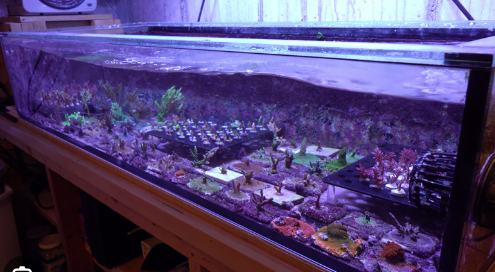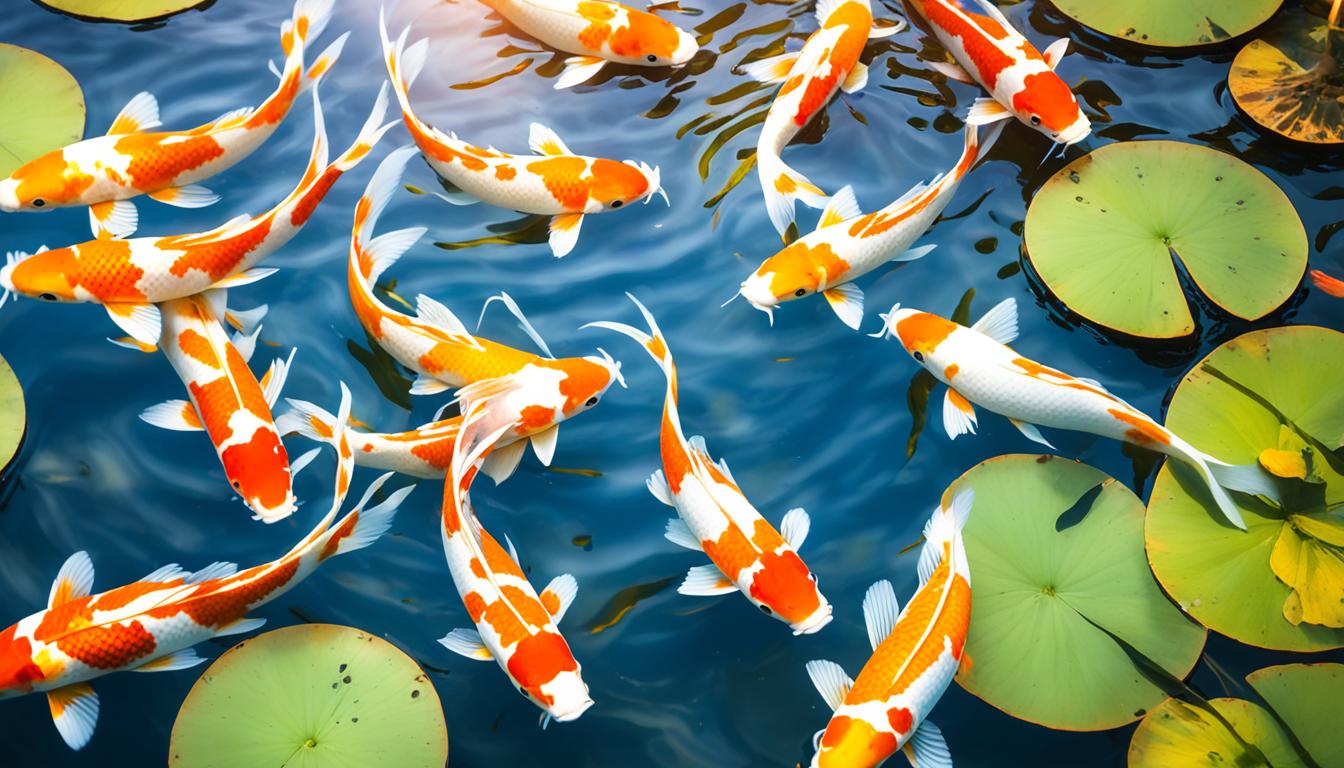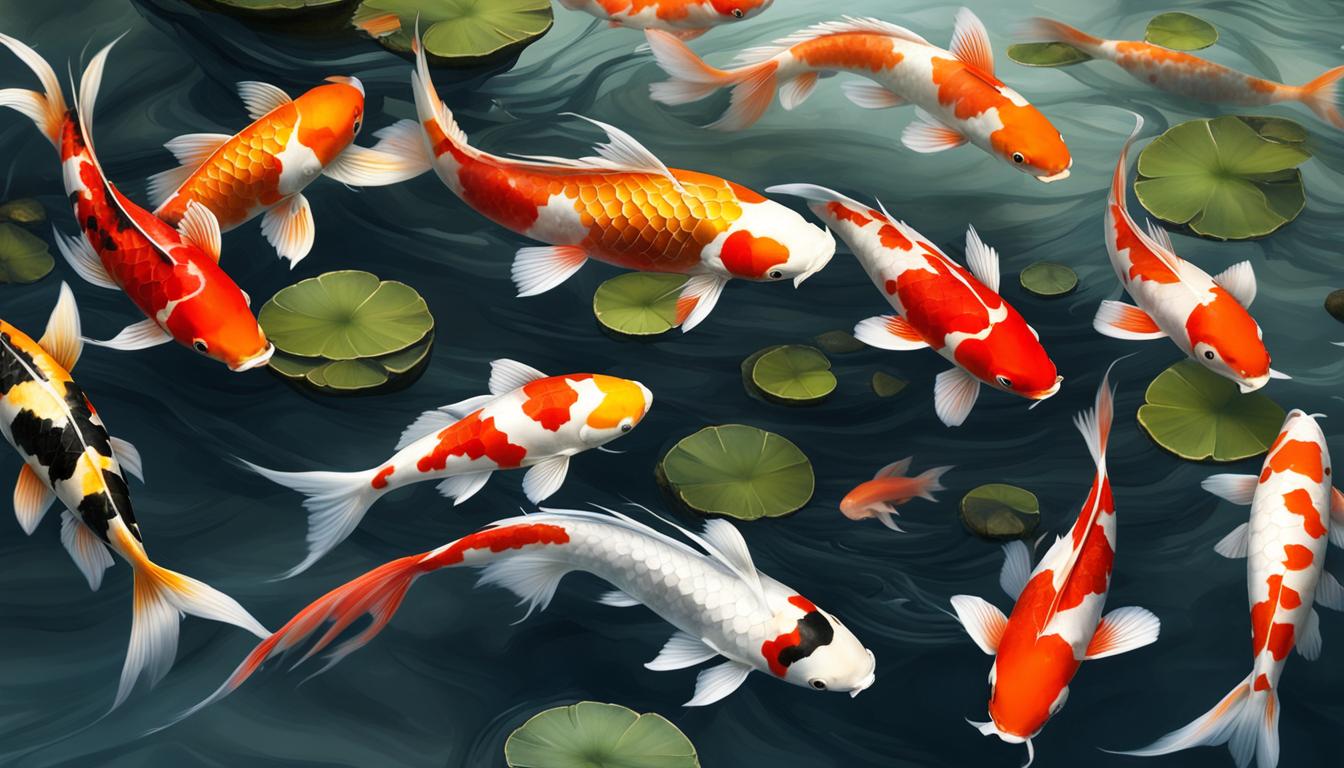What is a Frag Tank? : A frag tank is a dedicated tank where corals are grown and healed in an ideal and clean environment. It allows coral cuttings to thrive and grow in their optimal conditions.
Frag tanks are practical, functional tanks that prioritize results over aesthetics.
Table of Contents
What Is A Frag Tank?
A frag tank is a dedicated tank where corals are grown in an ideal and clean environment. These corals are cut or fragged from the main tank or display tank and placed into the frag tank to heal and grow.
The purpose of a frag tank is to provide a separate space for corals to thrive and create a haven for them. Frag tanks are important because they allow corals to grow without any competition or interference from other organisms in the main tank.
They also provide a controlled environment with stable parameters that are essential for the growth and color of corals. In a frag tank, corals can heal and grow at their own pace, ensuring a healthy and vibrant reef ecosystem.
Setting Up A Frag Tank
A frag tank is a dedicated tank designed for the growth and healing of corals. It provides a clean and optimal environment for corals that have been cut or fragged from the main tank or display tank. When setting up a frag tank, it’s important to choose the right tank size that will accommodate the number of corals you plan to keep.
Additionally, selecting appropriate equipment such as lighting, filtration, and circulation systems is crucial for the health and growth of the corals. Creating a suitable environment involves maintaining stable water parameters, including temperature, salinity, and nutrient levels. Finally, proper placement of the frag tank should be considered, taking into account factors such as available light, proximity to electrical outlets, and accessibility for maintenance.
Maintaining A Frag Tank
A frag tank is a dedicated tank where corals are grown. Corals are cut or fragged from the main tank and placed in a frag tank for healing and growth in an ideal environment. To maintain a frag tank, it is important to monitor water parameters regularly.
This ensures that the conditions are suitable for coral growth. Implementing a proper lighting schedule is also crucial, as corals rely on light for photosynthesis. Additionally, maintaining appropriate water flow helps to provide nutrients to the corals and remove waste products.
Regular cleaning and maintenance of the tank is necessary to keep it free from debris and ensure the health of the corals. By following these guidelines, a frag tank can provide an optimal environment for coral growth.
Fragging Techniques
A frag tank is a dedicated tank where corals are to be grown. These tanks provide an ideal and clean environment for the corals to heal and grow. Fragging techniques are used to cut or frag the corals from the main tank or display tank and transfer them into the frag tank.
Understanding fragging methods is important to ensure the successful propagation of corals. In order to frag corals, certain tools and equipment are needed, such as fragging kits, bone cutters, and super glue. Fragging corals involves a step-by-step process, including cleaning the frag plugs, cutting the corals, and attaching them to the plugs.
It is important to follow proper fragging tips and best practices to promote the health and growth of the corals in the frag tank.
Caring For Fragged Corals
A frag tank is a dedicated tank where coral cuttings are placed to heal and grow. It provides an ideal and clean environment for their growth and recovery. The tank should be carefully set up to provide optimal conditions for healing, promoting coral growth, and dealing with common challenges.
Regular maintenance and care are necessary to ensure the health and well-being of the corals. Fish and inverts can be added to the frag tank if they serve a beneficial purpose, such as controlling algae or pests. It is important to consider the water volume and stability, as well as the depth of the frag tank.
Overall, a frag tank is an essential part of coral propagation and offers a controlled environment for their development.
Fish And Invertebrates In Frag Tanks
Fish and invertebrates in frag tanks are chosen based on compatibility. Adding them brings several benefits, including controlling algae and managing pests. Fish like tang or Foxface can be added to large frag trays for algae control. Wrasse can also be added to control pests.
Frag tanks do not necessarily need a cycling process if there is a source of ammonia present. However, if the frag tank will be fishless, dosing additives like Potassium Nitrate is necessary. Frag tanks often have a sump, which increases the water volume and stabilizes parameters for coral growth.
The depth of a frag tank depends on personal preference. Overall, frag tanks provide an ideal and clean environment for corals to heal and grow. Frag tanks are dedicated tanks specifically designed for coral propagation.
Cycling And Sump Systems For Frag Tanks
A frag tank is a dedicated tank where corals are grown in an ideal and clean environment. Corals are first cut or fragged from the main display tank and then placed into the frag tank for healing and growth. The cycling process in a frag tank is crucial to establish a balanced and stable environment for the corals.
There are different options for cycling, including using live rock or adding ammonia to initiate the nitrogen cycle. Additionally, having a sump system is important for a frag tank as it increases the total water volume, ensuring stable parameters for the growth and vibrancy of the corals.
Understanding plumbing and drilling basics is also essential for setting up a frag tank properly.
Recommended Frag Tank Accessories
A frag tank is a dedicated tank used for growing corals. It provides an ideal and clean environment for cuttings to heal and grow. To enhance the functionality of a frag tank, there are several recommended accessories to consider. Frag racks and holders are essential for organizing and displaying coral fragments.
Coral propagation tools, such as fragging kits, help with the delicate process of cutting and attaching frags. Water testing kits are important for monitoring water parameters to ensure a healthy environment for the corals. Protein skimmers and filters help maintain water quality by removing organic waste and other impurities.
These accessories enhance the overall efficiency and success of a frag tank, promoting the growth and vitality of corals.
Frag Tank Troubleshooting
A frag tank is a dedicated tank where corals are grown. Cut or fragged corals from the main tank are placed into the frag tank to heal and grow in an ideal and clean environment. Algae growth is a common problem in frag tanks.
It can be prevented by maintaining proper lighting conditions and nutrient levels in the tank. Coral diseases can also occur in frag tanks, but they can be managed by quarantining new coral additions and maintaining good water quality. Water quality issues such as high levels of ammonia or nitrate can affect the health of corals in the frag tank.
Regular testing and appropriate water changes can help resolve these issues. Identifying and treating common frag tank problems promptly is essential to ensure the long-term success of the corals.
Conclusion
A frag tank is a dedicated tank where corals are grown in an ideal and clean environment. It serves as a space for coral cuttings to heal and grow under optimal conditions. By placing the corals in a frag tank, they can be protected from potential predators, such as fish or invertebrates, that may harm or hinder their growth.
Frag tanks are designed to prioritize function over form, prioritizing practicality and producing tangible results. To ensure success in maintaining a frag tank, it is important to consider factors such as the need for a sump, appropriate water volume, and cycling.
A sump can increase the water volume and help maintain stable parameters, which are essential for the growth and coloration of corals. Furthermore, providing a steady source of ammonia and dosing additives like potassium nitrate can help support the cycling process and ensure the presence of necessary nutrients.
Overall, frag tanks provide a controlled and nurturing environment for corals to thrive and expand. By understanding the specific requirements and implementing the right practices, hobbyists can successfully grow a diverse and vibrant coral collection in a frag tank.
Frequently Asked Questions Of What Is A Frag Tank
Can You Keep Fish In A Frag Tank?
Yes, you can keep fish in a frag tank. Tangs, Foxface, and wrasses can be added to control algae and pests.
Does A Frag Tank Need To Cycle?
A frag tank will begin to cycle if there is a source of ammonia present. If you don’t have fish, you may need to add an additive for nitrate levels. A frag tank often has a sump for stability and growth of corals.
Do Frag Tanks Need A Sump?
No, frag tanks do not need a sump. However, having a sump can increase water volume and stability for better coral growth.
How Deep Should A Frag Tank Be?
A frag tank should be deep enough to provide an ideal environment for growing coral cuttings.
What Is A Frag Tank And Why Do I Need One?
A frag tank is a dedicated tank where coral cuttings are placed to heal and grow in an ideal and clean environment before being moved to the main tank. It is important because it provides optimal conditions for coral growth and prevents the risk of damage to other tank inhabitants.
How Deep Should A Frag Tank Be?
The ideal depth for a frag tank depends on the specific needs of the corals you intend to grow. However, most frag tanks have a depth of around 12 to 18 inches to provide ample space for coral colonies to grow and thrive.
Can You Keep Fish In A Frag Tank?
While it is possible to keep fish in a frag tank, it is not a common practice. Frag tanks are primarily designed for the propagation and growth of corals, and adding fish can introduce complications and potentially disrupt the delicate balance of the ecosystem.
References
| International Coral Reef Initiative (ICRI) | https://www.icriforum.org/ |
| Coral Reef Alliance | https://coral.org/ |
| Marine Conservation Institute | https://marine-conservation.org/ |
| International Union for Conservation of Nature (IUCN) | https://www.iucn.org/ |
| Reef Check Foundation | https://www.reefcheck.org/ |
| The Nature Conservancy | https://www.nature.org/ |
| International Coral Reef Society (ICRS) | https://coralreefs.org/ |
I am a passionate aquarist with over 30 years of hands-on experience in fishkeeping. My journey began at a young age, collecting fish from the wild and learning through experimentation. Specializing in tropical fish, I bring a deep understanding of the hobby to FishKeepingMadeSimple. The site provides honest, detailed reviews of essential products and accessories to help fellow enthusiasts create the best environments for their fish.










[…] tank mates to your yoyo loach aquarium can create a dynamic and active community. Before selecting any fish, it is essential to consider their […]
[…] Creating the perfect tank environment for your gulper catfish is essential for maintaining their health and happiness. Here are some tips to help you set up the ideal tank: […]
[…] Platies: Platies are another compatible option for Balloon Mollies. They have similar requirements and can create a vibrant community tank. […]